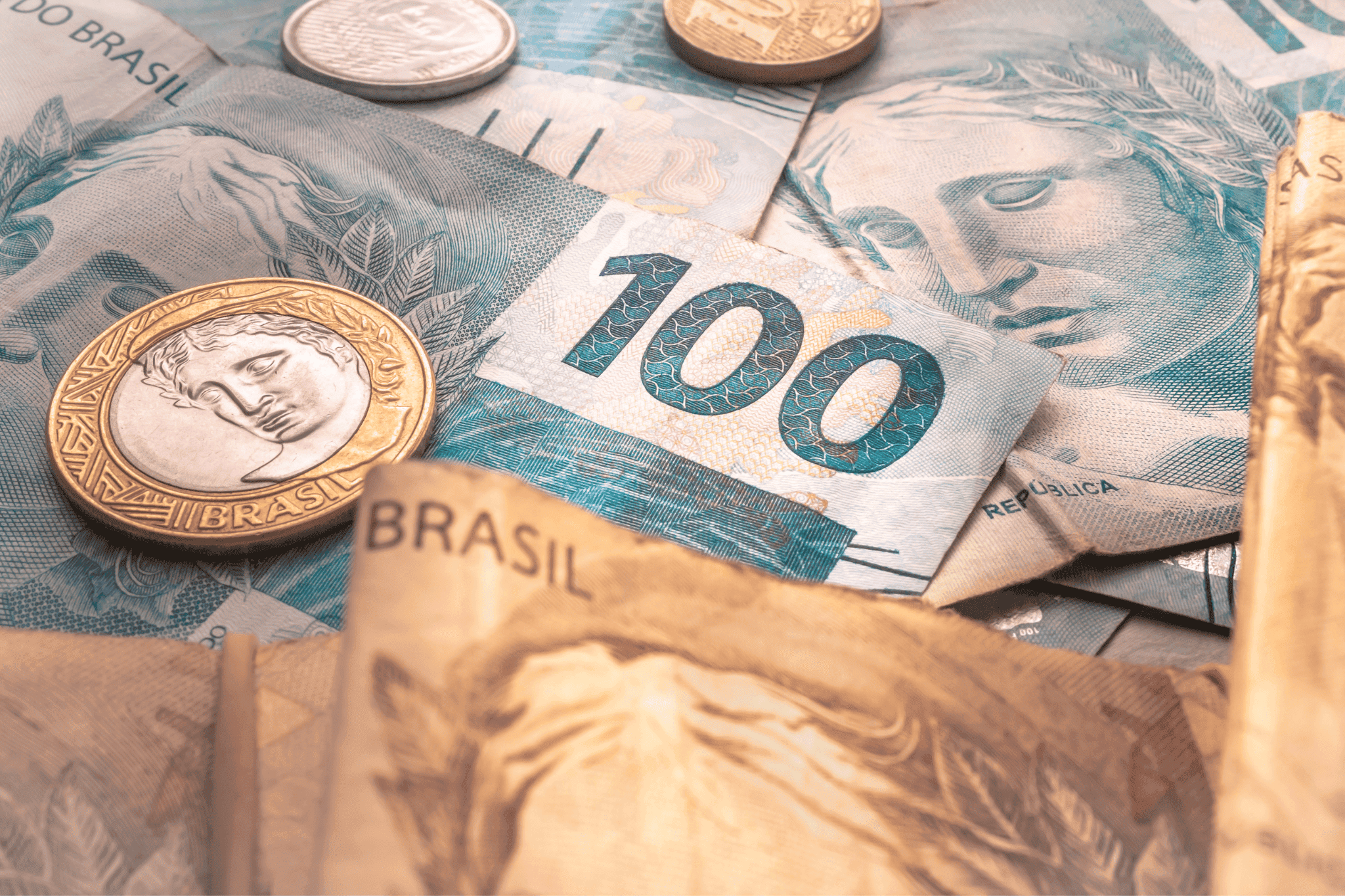USD/BRL: An Overview

The forex symbol USD/BRL indicates the exchange rate value between the USD (US dollar) and the BRL (Brazilian Real)
Currency background
USD (US dollar)
The USD dollar is the United States of America’s official currency. Each dollar is made up of 100 cents. It is represented by US$ when differentiating it from other countries’ dollar currencies. However, they are more often just marked as $.
This currency has become the benchmark for other currencies because it is the most popularly used one. Even territories beyond the US have commonly used it as an unofficial currency.
Because it is often at the core of foreign-exchange trades, it has its own index – the USDX. It is regarded as the world’s most stable currency.
Brazilian Real (BRL)
The Brazilian Real (BRL) is Brazil’s official currency. Each Brazilian real is made up of 100 centavos. It is represented by the R$ symbol.
It was first used as the country’s official currency in July 1994. It replaced the cruzeiro real. The exchange ratio between the former and the current currencies are not 1:1, either. 1 real is equals to 2,750 cruzeiro real.
From 1994 to 1999, BRL was pegged to the USD as an attempt to maintain stability. As the largest Latin American economy, it is worth looking into. It is also the 9th largest in the world.
If you’re considering taking the USD/BRL pair, here are the things to consider:
Economic Conditions
Currency values depend on the economic conditions and public reception of their country’s stability.
Since the mid-twentieth century, the USD dollar has established itself as a powerhouse in the global economy. However, because it is a fiat currency, it is also affected by the United States’ economic outlook and activity.
Its strength may be good for the country itself. It can also be good for those who may be relying on its general strength to earn in foreign exchanges.
However, a powerful USD can be detrimental to countries relying on exports from the United States.
While the USD is obviously strong throughout, much can be said about Brazil’s economy as well. It is believed to be one of the strongest emerging economies due to its rich natural resources.
Its diversity in economy has spurred foreign investment to pour in. With an estimated $200 billion of direct investments, Brazil’s currency is doing great.
It wasn’t always the case. The currency faced several currency crises such as the Mexican currency one from 1994 to 1995, and the one with Asia and Russia in 1997 and 1999. Investors then didn’t want to have anything to do with the Brazilian real.
Supply and Demand
When the US exports more products, it triggers more demand for its currency because customers must change their money to dollars to be able to pay for the goods.
The US government and top American corporations may also issue bonds that can be purchased only with the US Dollar. Foreign investors must buy dollars to buy those financial instruments.
Because of the overall reliability and strength of the US dollar, a lot of investors will still buy the currency as a reserve.
Perception
Currencies depend on perception or market sentiment. For example, if people have been watching the news, finding out about a weakened US economy or increased unemployment, the tendency is to buy back their local currency. This will lower the value of the dollar.
The same goes with the BRL, but even worse since it is a less popular currency. While its economy is doing well and has it placed up there among emerging markets, political corruption could be its downfall.
Geopolitical Conditions and Global Risks
One of the factors that affect perception is geopolitical conditions. How are the politics in the country?
USD is a dominant global reserve. It may experience some lows, but it is always generally high in value. Recent events have this fiat currency on the rise, too. On the other hand, Brazil also started strong this year and has been pulling from Russian assets.
What can provide some volatility in the USD/BRL pair is Lula’s recent election as the President of Brazil.
How to trade USD/BRL
Now that you know the strength of the individual currencies, how do you trade the USD/BRL pair?
The value you get will depend on the exchange rate between the two.
While USD is a stable currency, Brazilian real is the currency of an emerging market. It means that Brazil’s GDP has been steadily growing from 2000. A similar trend is expected to continue.
You will earn a profit because an emerging market’s GDP tends to grow rapidly. However, you must be vigilant because it is also at risk of being negatively impacted by political instability and currency fluctuations. Weigh risks against rewards.
Pick the right time frame
Trade when the USD/BRL is at its busiest, and potentially at its most volatile. The 8:00 to 12:00 Eastern Time frame is also the time when USD details are more readily available.
It is when significant chunks of data have been released that a currency pair’s volatility increases. Be watchful at this time because you will have increased opportunities for profitable trades.
Conclusion
USD/BRL is useful if you want to diversify your foreign exchange portfolio. Your portfolio may see increased gains/losses when one of the fiat currencies in your portfolio is an emerging one.
Why?
Emerging currencies are more likely to display greater volatility. They have also been steadily rising since 2000. Though the previous formation is not a guarantee of future performance, the current strength of currencies like the Brazilian Real is reassuring.
Of course, you will be dealing with two currencies that can give you a lot of value. The USD is always strong. Meanwhile, BRL performs well because of the resources and commodities that Brazil can export. Exports can strengthen both currencies because they prompt investors to buy them.
We’ll never share your email with third-parties. Opt-out anytime.